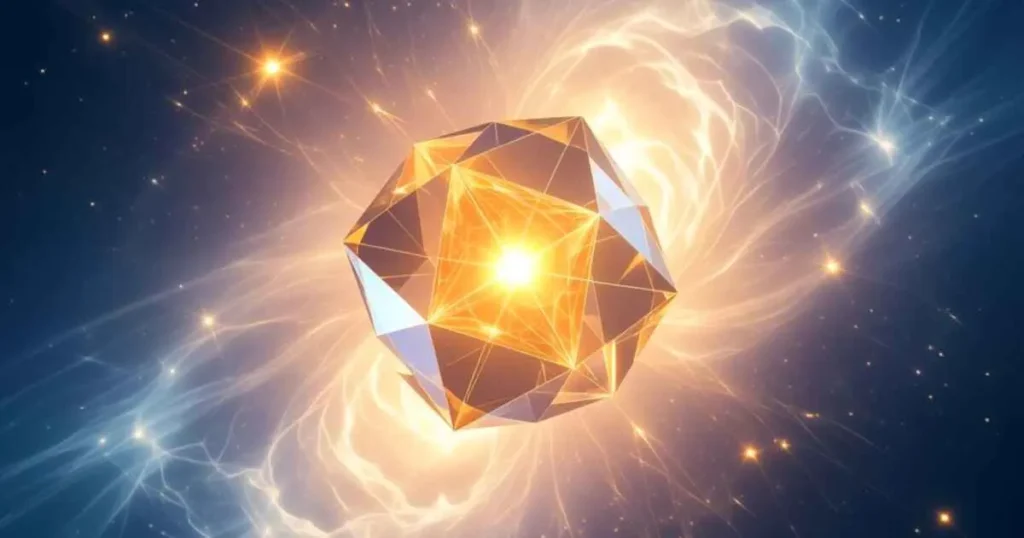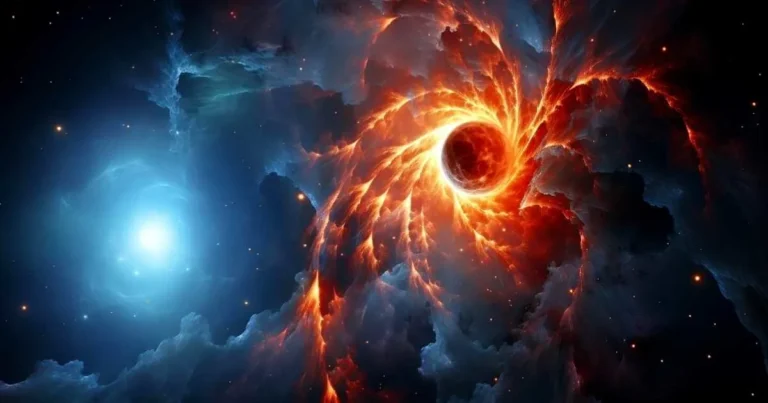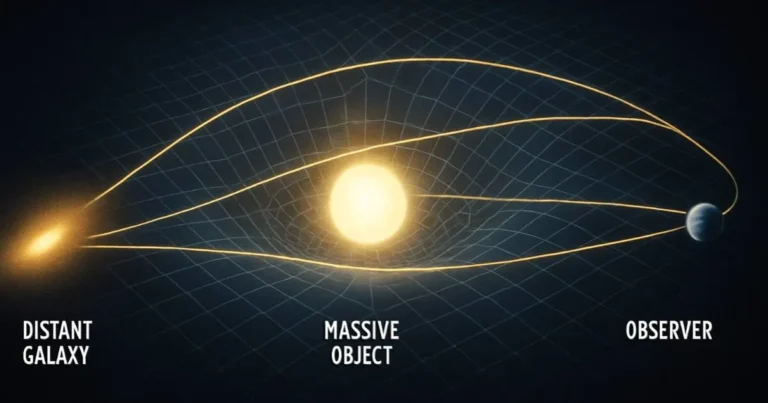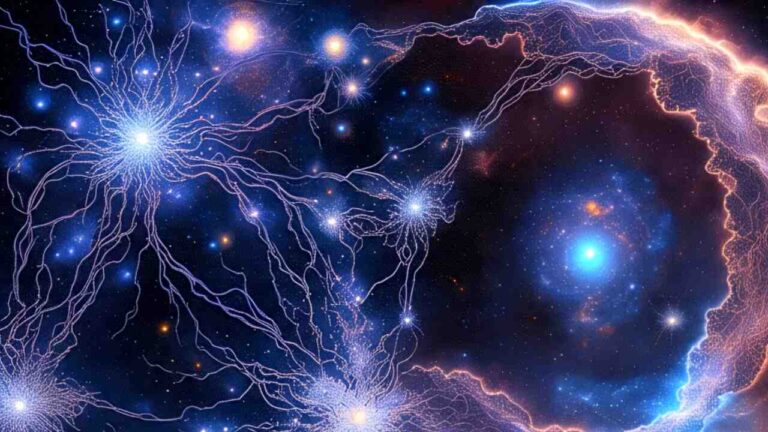Unlocking Time Crystal Behavior in Neutron Stars

Tags:
- Neutron Stars
- Time Crystal Behavior
Each time science lifts one veil of neutron star enigmas, we find ourselves gazing at something even stranger. Neutron star remnants already defy our imagination: city-scale entities with greater mass than our Sun, densities so high atoms are compressed into exotic matter, and magnetic fields potent enough to rip holes through our known physics. And yet, among physicists these days, suspicion grows that inside these stars nature conceals something even more bizarre, time crystal behaviour.
That phrase sounds like science fiction. A structure that doesn’t just arrange itself in space but repeats itself in time, ticking forward without using energy? It sounds like a perpetual motion fantasy. And yet, in 2017, labs actually created time crystals in controlled quantum systems. Now some scientists believe neutron stars might be the ultimate natural incubators for this strange phase of matter.
What Exactly Is a Time Crystal?
Let’s get fundamental. A crystal material like diamond or salt is made from a repeating constituent particles such as atoms, ions, or molecules, repeating pattern that extends in all three spatial dimensions. A time crystal is a unique phase of matter that repeats over time. Consider a pendulum swinging perpetually without slowing down, or a clock running without batteries without ever running down. That’s what a time crystal is all about — not consuming energy, not running down, just oscillating perpetually.
The idea was first proposed back in 2012 by Nobel laureate Frank Wilczek. Then everyone wrote it off as impossible. Fast forward to 2017, however, when experimentalists successfully implemented time crystals in quantum computers and trapped ion systems. Then the impossible didn’t quite sound so impossible.
Neutron Stars: The Universe’s Extreme Playgrounds
Picture the conditions inside a neutron star. You have got matter so dense and packed together so tightly that one teaspoon would weigh billions of tons on our planet. Average atoms cannot survive here; electrons and protons are compressed together into neutrons and deeper inside, matter may dissolve into a soup of quarks and gluons. The physics here is something that cannot happen under conditions in any lab.
This is what makes neutron stars so exciting. They’re not just dead stars; they’re living laboratories of extreme physics. And if time crystals can form in highly controlled, tiny lab setups, it isn’t unreasonable to think they might also form in nature’s most extreme pressure cookers.
Time Crystal Behavior in Neutron Stars
This is where things get interesting. At such crazy pressures and densities within neutron stars, nuclear matter may not collapse into fixed configurations. Perhaps it would start vibrating in time instead and create repeating patterns – Time Crystals.
Consider this: neutron star material already exists in exotic states called nuclear pasta, so called from their lasagna- and spaghetti-like configurations. Certain theories propose these configurations may develop, changing over into time-crystal states. Easier yet, at the core of the star, where it’s possible that quark matter will reign supreme, natural oscillations may develop identical to any time crystal’s ticking cadence.
If this were true, neutron stars wouldn’t just be bizarre relics of stellar death, they’d be cosmic timekeepers, encoding rhythms of matter itself.
Why Time Crystal Behavior in Neutron Stars Matters So Much
So why would we care if neutron stars harbor time crystals at all? Well, it could possibly alter completely everything our minds think they know about both astrophysics and quantum physics.
First off, it would add to the inventory of matter phases. You already have solids, liquids, gases, plasmas, and exotic ones such as Bose-Einstein condensates. Yet if time crystals do exist naturally in neutron stars, then the universe has been operating that wacky phase of matter all by itself before scientists managed to make them in laboratories.
It might also explain bizarre behaviors of Pulsars. Pulsars are the spinning neutron stars that emit beams of radiation towards our planet like lighthouses from space. Pulsars occasionally “glitch” — their spin will suddenly increase or decrease without reason. If time-crystal oscillations are present in them, these glitches may be the sign.
And beyond that, time crystals could connect to bigger mysteries. Just as gravitational lensing
opened up new ways of seeing the invisible universe by bending light, time crystals might offer new ways of probing the unseen structure of spacetime itself.
A Quick History of Time Crystals
This idea may sound brand new, but it’s already got a short yet fascinating history.
- In 2012, Wilczek pitched the time crystal concept, and most physicists dismissed it.
- By 2017, experiments using quantum computers and trapped ions proved it could exist, at least in artificial systems.
- By the 2020s, theorists began speculating: if we can make them artificially, why couldn’t the cosmos make them naturally, especially in neutron stars where conditions are extreme?
Science often works this way. An idea starts as fringe, moves into theory, then finds experimental confirmation, and eventually reshapes how we see the universe. If neutron stars host time crystals, we might be on the brink of another paradigm shift.
Cosmic Connections That Resonate
This isn’t the first time astrophysics and cutting-edge physics have collided. When I was writing about cosmic filaments – the universe’s astonishing neural network, it struck me how the universe builds vast, web-like structures that look eerily like a brain. Later, in exploring the cosmic brain mystery, we even asked if the entire cosmos itself behaves like a living neural system.
The possibility of time crystals in neutron stars feels like it belongs to this same family of mind-bending ideas. Just as the universe seems to weave networks like neurons on the largest scales, it might also encode repeating rhythms of matter at its densest scales.
Can We Detect Time Crystals in Neutron Stars?
Of course, it’s one thing to theorize about time crystals in neutron stars — it’s another to prove it. Since we can’t directly observe the interior of these stars, any detection has to be indirect.
Scientists are considering a few possibilities:
- Pulsar timing glitches: these mysterious glitches might carry signatures of time-crystal motions.
- Gravitational waves: if waves travel through the star’s core, sensors like LIGO and Virgo one day will possibly notice the signal.
- Electromagnetic emissions: unusual pulse patterns or unexpected pulsar light curve period regularities may be indications.
It’s not easy, but then again, neither was detecting quasi-stellar objects when they were first discovered. We’re used to the universe hiding its strangest tricks behind subtle signals.
Looking Ahead: Physics at the Edge
If neutron stars truly harbor time crystals, the implications are staggering. It would mean we’ve discovered not just a new phase of matter but also a new rhythm of the cosmos. These stars would be more than stellar remnants; they’d be clocks built into the very structure of spacetime.
This is the kind of science that lures us to rethink what’s possible and what’s not. Just like the discovery of gravitational waves opened a new window into the universe, confirming time crystals in neutron stars could open a window into the nature of time itself.
Conclusion
Neutron stars have always been strange, and we will discuss about it in our upcoming posts, but the possibility of time crystal behavior lurking inside them takes their strangeness to another level. What began as a theoretical curiosity in 2012 is now an experimental reality in labs, and maybe, just maybe, a natural reality in the cosmos.
If true, time crystals could help explain pulsar mysteries, redefine matter itself, and challenge our very notion of time. They’d remind us once again that the universe is not just weirder than we imagine, it’s weirder than we can imagine.
Frequently Asked Questions
- 1. What are time crystals in simple terms?
- Time crystals are exotic states of matter that repeat their structure in time instead of space. Unlike salt or quartz crystals that arrange atoms in repeating spatial patterns, time crystals “tick” in a time cycle that doesn’t lose energy.
- 2. Can time crystals really exist inside neutron stars?
- Theoretical research suggests that the extreme density and strong magnetic fields of neutron stars might allow exotic phases of nuclear matter to form, including time crystals. This is still a hypothesis but it’s gaining attention in astrophysics.
- 3. Why are neutron stars considered good candidates for time crystals?
- Neutron stars pack the mass of the Sun into a radius of just 10–15 km, producing pressures and conditions far beyond any lab on Earth. These unique environments make them a natural testbed for phenomena like time crystals.
- 4. Could studying time crystals in neutron stars help us on Earth?
- Yes. Understanding time crystals in astrophysical settings could expand quantum physics research, possibly influencing quantum computing and new technologies on Earth by showing us stable, energy-efficient systems.
- 5. Has any evidence of time crystals in space been observed yet?
- No direct observational evidence exists so far. Current discussions are based on mathematical models and nuclear physics theories. Astronomers hope that future telescopes and gravitational wave detectors might provide indirect signatures.
Comments
Please log in to leave a comment.
Related Posts

Axion Stars: Unveiling the Hidden Dark Matter Stars
Axion stars are hypothetical celestial objects composed entirely of dark matter particles called axions. These mysterious stars could mimic neutron stars while emitting unusual signals, offering a potential key to unlocking the true nature of dark matter and reshaping our understanding of the universe.

Gravitational Lensing: The Astonishing Cosmic Magnifier
Explore how gravitational lensing bends light, magnifies distant galaxies, and reveals dark matter—unlocking the secrets of the cosmos.

Cosmic Filaments – The Universe’s Astonishing Neural Network
Explore cosmic filaments, the universe’s neural network connecting galaxies. Discover how the cosmos mirrors the structure of the human brain.